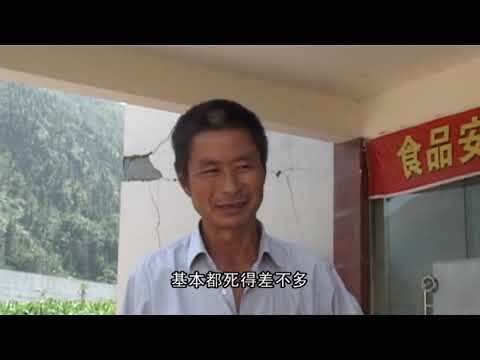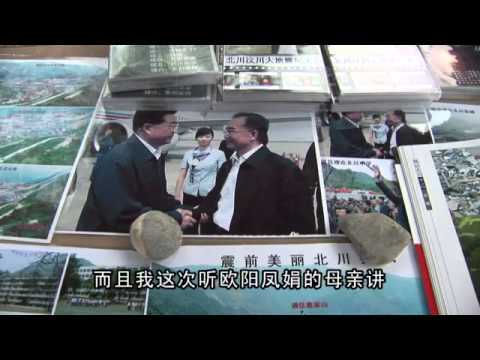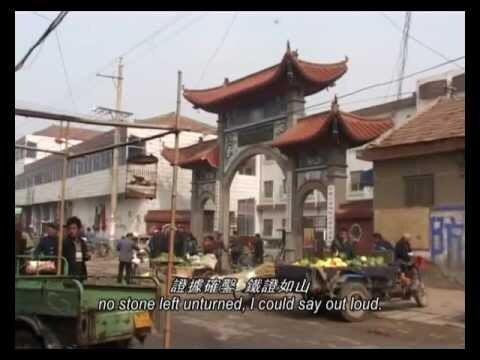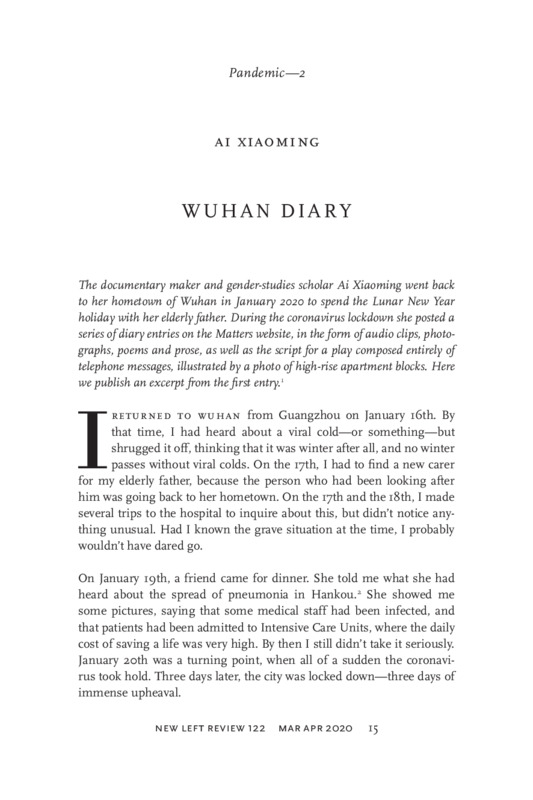Explore the collection
Showing 7 items in the collection
7 items
Film and Video
An Investigation by Citizens
Following the release of the documentary Our Children, this film shifts focus to ’s post-earthquake efforts to investigate and defend the rights of families who lost children in the disaster, as well as the immense obstacles and pressure he encountered in the process.
In late August 2008, after the 100-day mourning period for the May 12 Sichuan earthquake, rescue forces began to withdraw and media coverage of the school collapse deaths ceased, even though many families still had not received a satisfactory explanation as to why so many schools had collapsed while other buildings remained intact. Due to contradictory official statements, selective disclosure of information, and deliberate concealment from the public, environmental activist Tan Zuoren, along with Xie Yihui and local volunteers in Chengdu, launched an independent citizens’ investigation into the victims of the 5.12 earthquake during the winter of 2008. They believed that only those directly affected—namely, the parents—could provide truthful and reliable accounts.
They traveled across residential districts, searching for the causes of the school building collapses, recording the experiences of local residents, and tallying the number of victims. Through autumn and winter, Tan and Xie journeyed across 80 townships in 10 of the worst-hit counties, covering over 3,000 kilometers. Just before the one-year anniversary of the earthquake, they published their findings online, marking the first independently conducted citizen investigation into the school tragedies of the Sichuan quake.
During the investigation, Tan Zuoren stated, “There’s a high chance I’ll be arrested and sentenced to three or five years. I’ve already mentally prepared myself for that. But in the face of such a massive disaster, if no one stands up to speak, if we all shrink back like turtles hiding in their shells—then I’d rather spend those three or five years not seeing anyone.” As Tan anticipated, he eventually lost his freedom. His wife and daughter waited for the results of his trial.
Meanwhile, in Beijing, artist Ai Weiwei initiated a broader citizen movement. New volunteers arrived in Sichuan to compile the names of the children who had died. This film follows their footsteps, documenting their motivations, determination, and the many forms of obstruction they encountered. As Ai Weiwei wrote in a blog post before starting, there were only two scenarios in which he would stop the investigation: either he was no longer alive, or the list was complete. This film is an incomplete record of the citizen investigation. It also served as one of the pieces of testimony submitted to the court during Tan Zuoren’s trial for “inciting subversion of state power.”
Film and Video
Care and Love
This film records the story of Liu Xianhong, a woman from rural Xingtai, Hebei, who contracted AIDS through a blood transfusion in the hospital and decided to publicly disclose her identity and sue the hospital. After fighting in the courts, she finally received compensation. This documentary demonstrates the surging awareness of civil rights in rural China at the grassroot level through depicting the experiences of several families and the concerted efforts of patients to form “care” groups to collectively defend their civil rights. Due to public awareness, media intervention, and legal aid, the government also introduced new policies to improve the situations of patients and their families.
This film is in Chinese with both English and Chinese subtitles.
Film and Video
River of Oblivion
In this film, the filmmaker accompanied volunteer Xie Yihui as she visited the parents of students who died in the 2008 Sichuan earthquake to find people with knowledge of the architectural blueprint of the Beichuan Middle School. This documentary presents the rise of earthquake tourism and records the mindset of volunteers, bereaved parents, and tourists at the anniversary of the earthquake. This film is interspersed with historical film materials of Beichuan Middle School’s building samples taken by parents in 2008, as well as architect Zhu Tao’s analysis of the construction drawings and building quality. It also shows the perceptions of mothers, teachers, and photographers.
This series of films are in Chinese with Chinese subtitles.
Film and Video
The Central Plains
Due to poverty in rural areas in Henan Province—part of China’s Central Plains—many farmers contracted AIDS by selling their blood. This documentary dives into the lives of these AIDS patients, depicting the manner in which they cope with life, officials’ responses, and the stories of volunteers who helped the infected villagers. The filmmaker visited several villages with high incidence of AIDS, interviewing and recording people’s accounts of how the “plasma economy” arose. This documentary presents the living condition of families and individuals, especially women and children, who contracted AIDS due to blood donation and blood transfusions, and demonstrates the formation of grassroots organizations.
This film is in Chinese with both Chinese and English subtitles.
Film and Video
The Train to My Hometown
As the Lunar New Year approached in 2008, the main north-to-south railway line, the Beijing-Guangzhou line, was halted and the trains stopped running due to tickets being overbooked. With the trains still not running, thousands of migrant workers from Guangdong gathered at the Guangzhou Railway Station, waiting for trains bound for their hometowns. The Guangdong Province government immediately launched an emergency transportation plan. For the first time, the trading center hall where the Canton Fair was held was transformed into a waiting room for migrant workers. Many volunteers provided services to relieve the fears of worried migrant workers.
The crowd began to panic as rumors swirled, and people were trampled underfoot. One was a young female worker, Li Hongxia. Another migrant, Li Manjun, who was eager to travel home to get married, was electrocuted and died after attempting to jump onto the train. This documentary records the chaos at the Guangzhou Railway Station during the Lunar New Year’s Eve period, from January 27 to February 6, 2008. The filmmaker also visited Shenzhen, Shaoguan, Ruyuan, as well as conducted interviews in victims’ hometowns in Jianli, Hubei, and the rural regions of Yueyang, Hunan.
This film is in Chinese with both English and Chinese subtitles.
Film and Video
Why Are Flowers So Red
This film follows the stories of environmental activist Tan Zuoren and artist Ai Weiwei. In July 2009, Tan Zuoren was charged with the crime of “Inciting subversion of state power,” and his trial was held in Chengdu, Sichuan Province. Ai Weiwei was invited by Tan’s lawyer to testify in court, but the night before the trial, he was assaulted by the police and detained in a hotel. To everyone’s surprise, Ai turned on the tape recorder before the police entered his residence and managed to record the incident. Later, Ai and his colleagues released a documentary about this incident, titled “Disturbing the Peace” (or “Laoma Tihua”).
This film interviews the people behind the scenes of “Disturbing the Peace,” including the director, photographers, editors, and audiences of the film, who discuss the relationship between citizens and government authority.
This series of films are in Chinese with Chinese subtitles.
Article
Wuhan Diary
This collection of diary entries by Wuhan-based filmmaker and activist Ai Xiaoming showcases her life during the early months of the COVID-19 pandemic, from February to March 2020. In these diary entries, Ai shares the daily challenges which many Chinese people grappled with, as well as their hopes and questions for the government and Chinese society at large. Her diary also examines problems regarding the expanding powers of the Chinese government. The first entry of Ai’s diary was published in English by the New Left Review, which can be found here:
https://newleftreview.org/issues/ii122/articles/xiaoming-ai-wuhan-diary.






